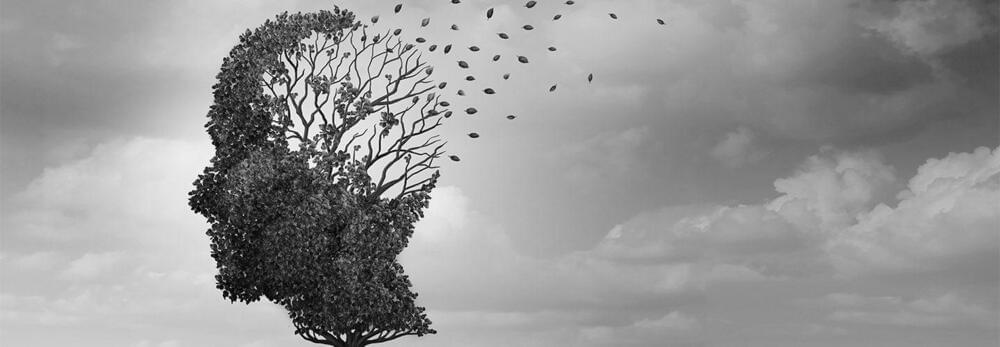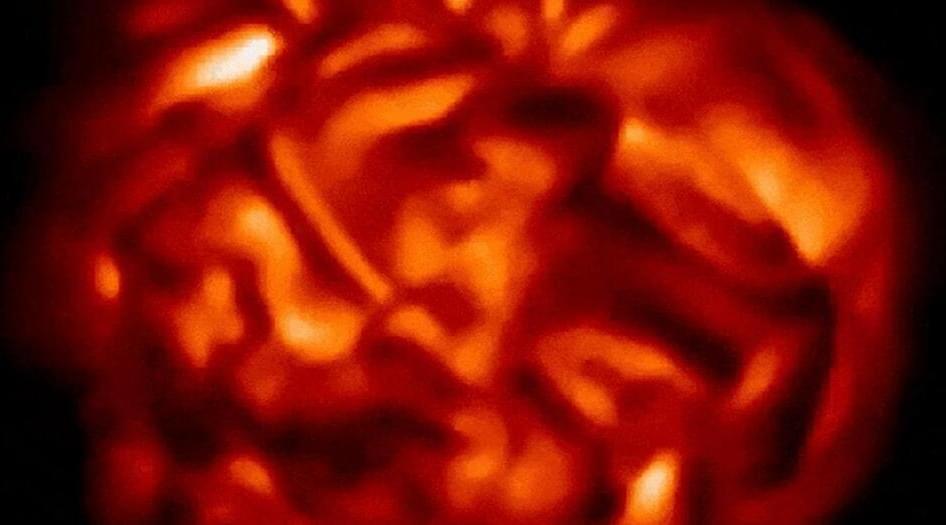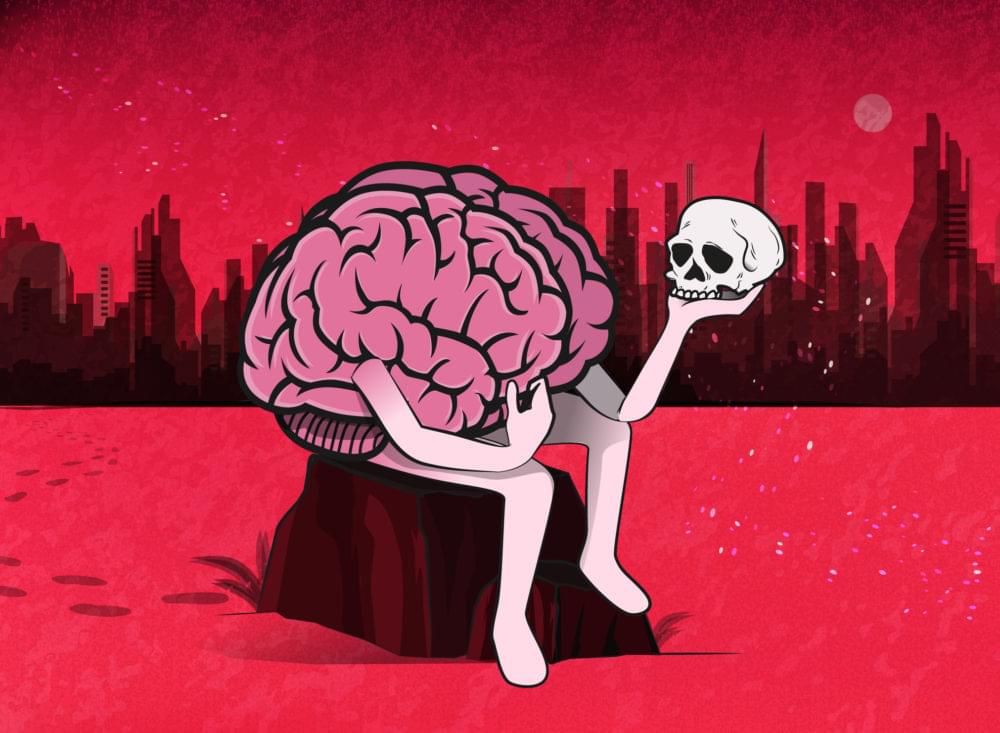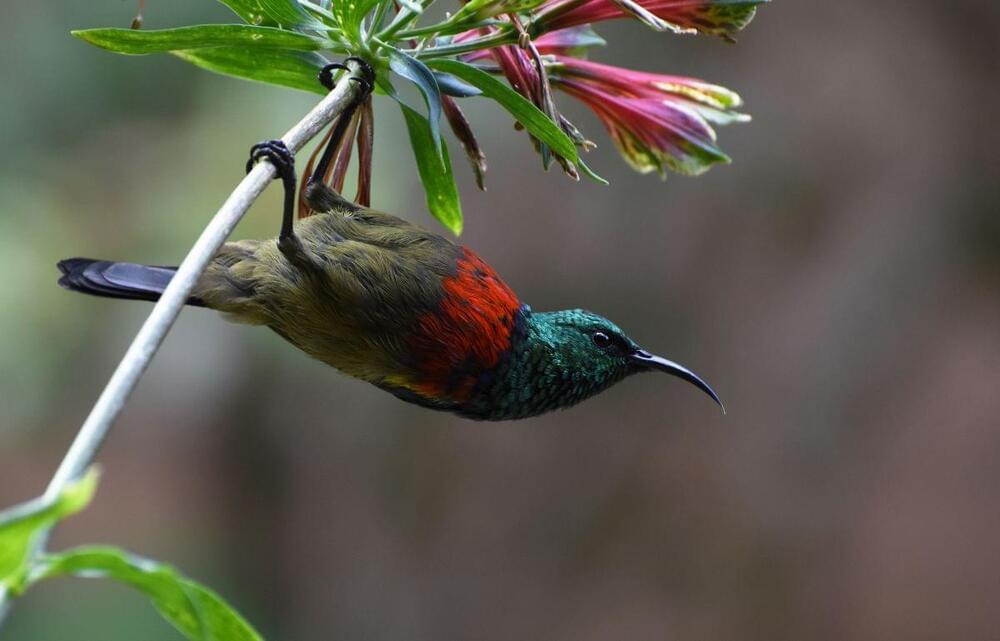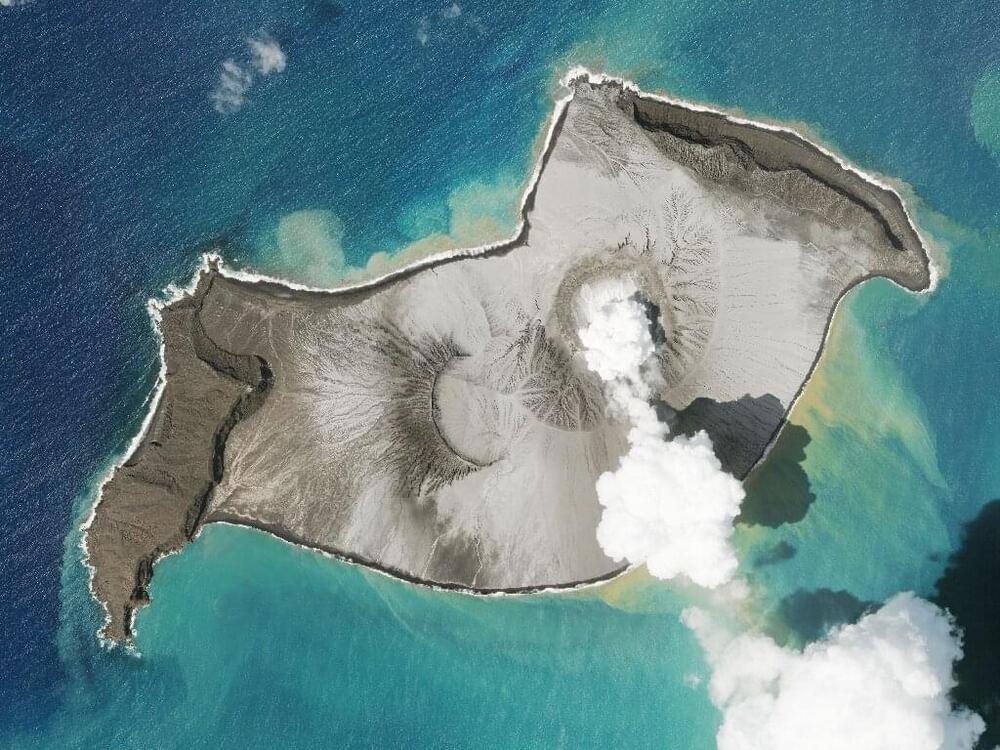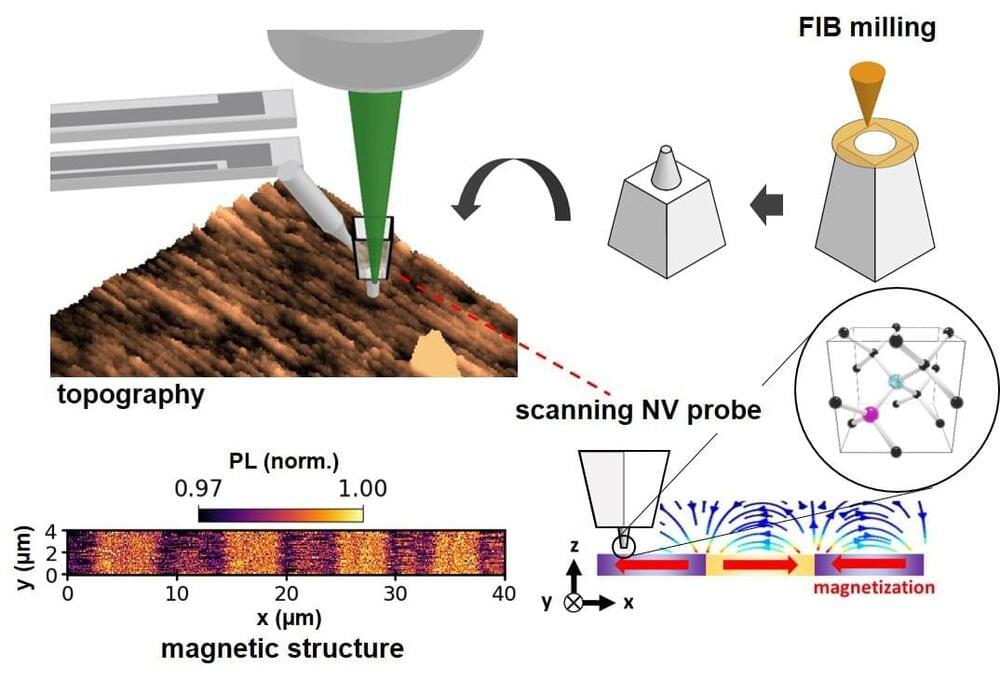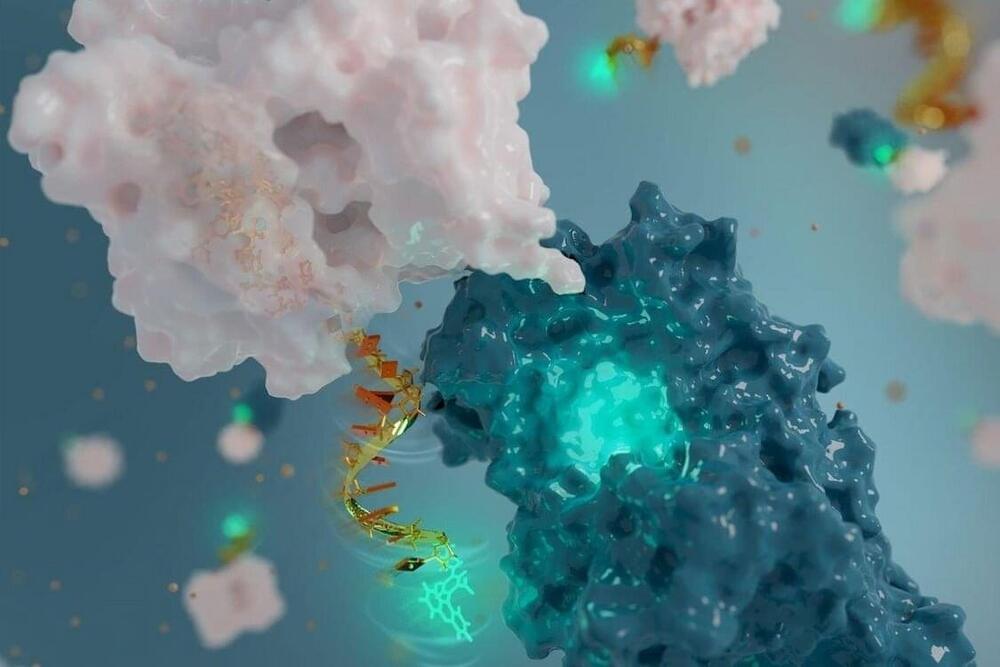Jan 17, 2022
Are we oversimplifying Alzheimer’s disease?
Posted by Nicholi Avery in categories: biotech/medical, neuroscience
Like so much in chronic disease, Alzheimer’s is complicated: “once you have seen one person with Alzheimer’s, you have seen one person with Alzheimer’s. In other words, Alzheimer’s disease (AD) is a heterogeneous disease which may present and progress differently depending on the person and the factors contributing to the disease pathology. As such, there is no paint-by-numbers approach to targeted treatment. Researchers in the field are thus motivated to figure out a way to categorize AD in order to guide more individualized approaches to patient care and help anticipate disease trajectory.”
A proposal for 4 subtypes of Alzheimer’s disease.
